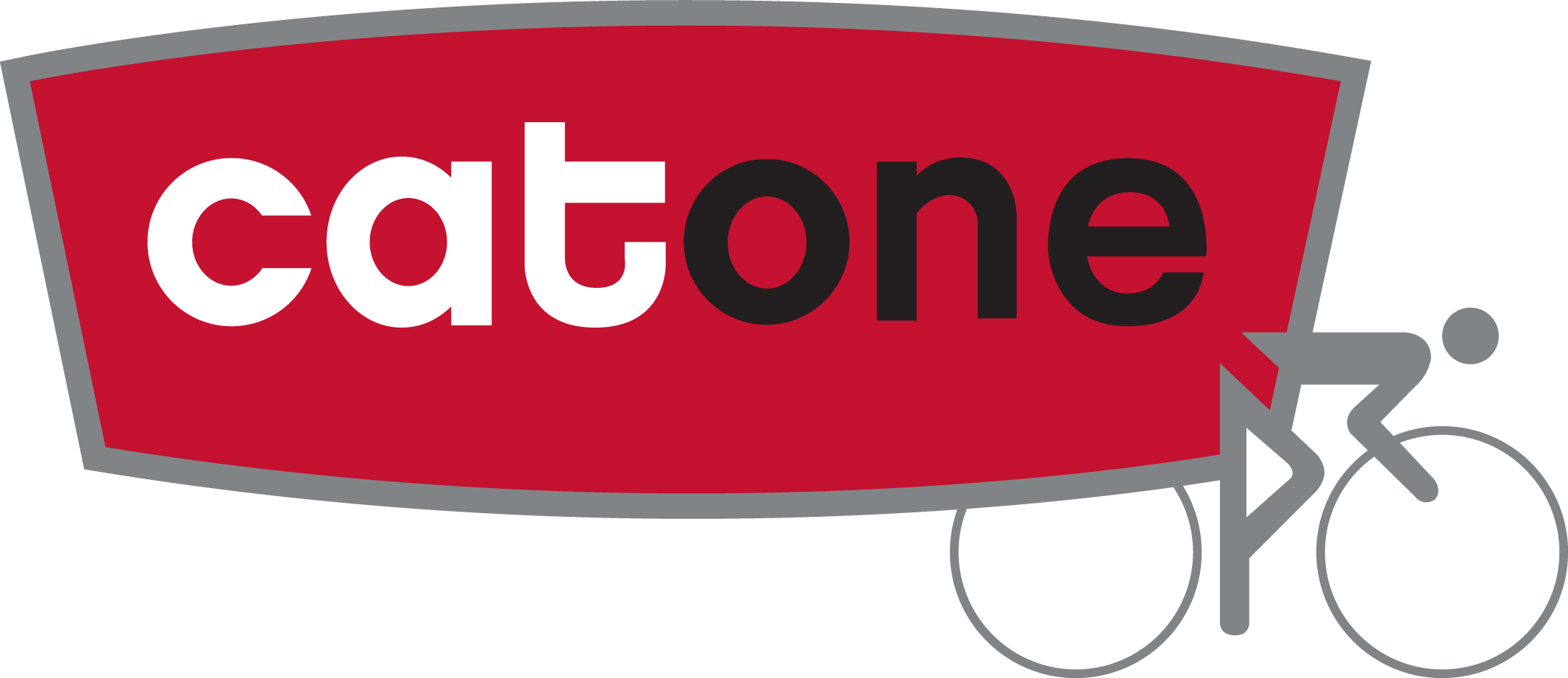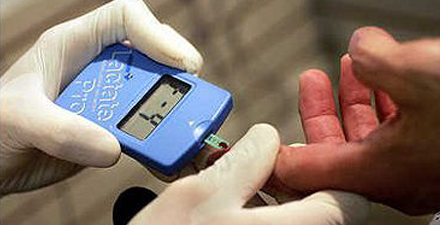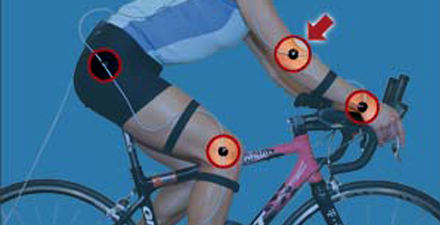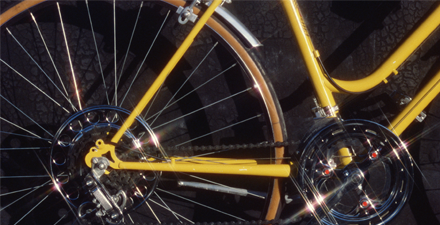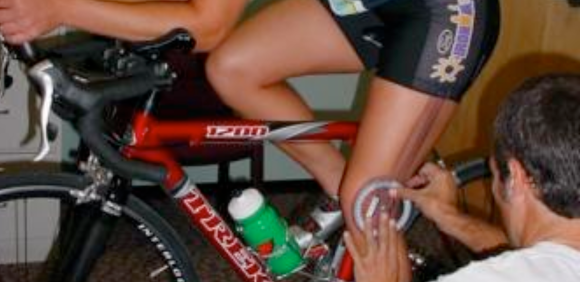Bicycle Shorts | NY Times
Bicycle Shorts | NY Times
WITH a poorly fitted seat or shorts that chafe, cycling can be a pain. Some of this year’s saddle and shorts designs can help make a ride more comfortable.
When choosing a saddle, cyclists should consider their “sit bones” – the bones that bear their seated weight – and the delicate nether-tissue that can get sore on a long ride. “To ensure comfort and prevent injury, when you sit on the saddle, the weight should be on sit bones and not soft tissue,” said Adam Baskin, an exercise physiologist and a USA Cycling elite coach.
For adequate support, a saddle should be wider than a rider’s sit bones. To measure the distance between them, Specialized, the cycling company, recently developed a synthetic rubber pad, available in bike shops, that customers plop down on, leaving an impression of each bone. (Online buyers can use this trick at home: Sit on a hard surface; use your fingers to find your bones; then position a ruler under your rear to measure the distance between them.)
Both men and women can feel pain and numbness in the soft-tissue area while on a bike. Cutouts in the middle of the saddle help alleviate pressure, but not everyone likes them. Some riders complain that they pinch.
Other saddles offer different technologies to ease a cyclist’s ride. A popular new saddle for men is the Fizik Arione. Designed to move like human ribs, its flexible sides don’t rub the thighs, and its long, flat surface supports sit bones.
Comfort is not determined only by saddle. The pad in cycling shorts – known as the chamois – offers a buffer between sit bones and saddle, Mr. Baskin said. Chamois used to feel and look bulky, but these days padding can be discreet and effective. Look for chamois that are welded to shorts rather than stitched to avoid seams that can irritate some cyclists.
BICYCLE SEATS
1. Specialized Dolce $42.99, www.specialized.com. Part of Specialized’s “body geometry” line, the Dolce is specially shaped to reduce direct pressure on women’s soft tissues.
2. Fizik Arione, $130, www.fizik.com This seat has flexible sides and a very light shell that appeals to both professional and recreational male riders.
3 AND 4. Specialized Avatar Gel, $74.99, www.specialized.com. Shown in two widths, 143 mm and 155 mm. Specialized is the first company to offer different widths for one saddle to fit varying sit bones. Both Avatar seats have hollow centers to decrease numbness and are made for men. (A women’s version comes out next year.)
5. Terry Butterfly Cromo, $49.99, www.teamestrogen.com. The seat’s long cutout goes forward because women’s soft tissue is up front. Its wide rear distributes pressure.
BICYCLE SHORTS
6. Harlot Freeride Knicker, $74.95, www.harlotwear.com. Designed by a cyclist frustrated with diaperlike padding, these knickers are lined with enough buffer for recreational cycling.
7. SheBeest Triple S Short, $74.95, www.teamestrogen.com. This short’s chamois, divided into four parts, can stretch in different directions without bunching up or causing chafing. The ultrashort length allows more of your thigh to tan.
8. Pearl Izumi Microsensor 3D Pro Short, $139.99, www.pearlizumi.com. This short’s welded chamois offers minimal padding but is denser where men need it and has flat seams to reduce friction.
9. Giordana Tenax Laser Short, $110, www.mygiordana.com . The welded, seamless chamois has crevices that allow airflow. Laser-made side holes increase ventilation.
